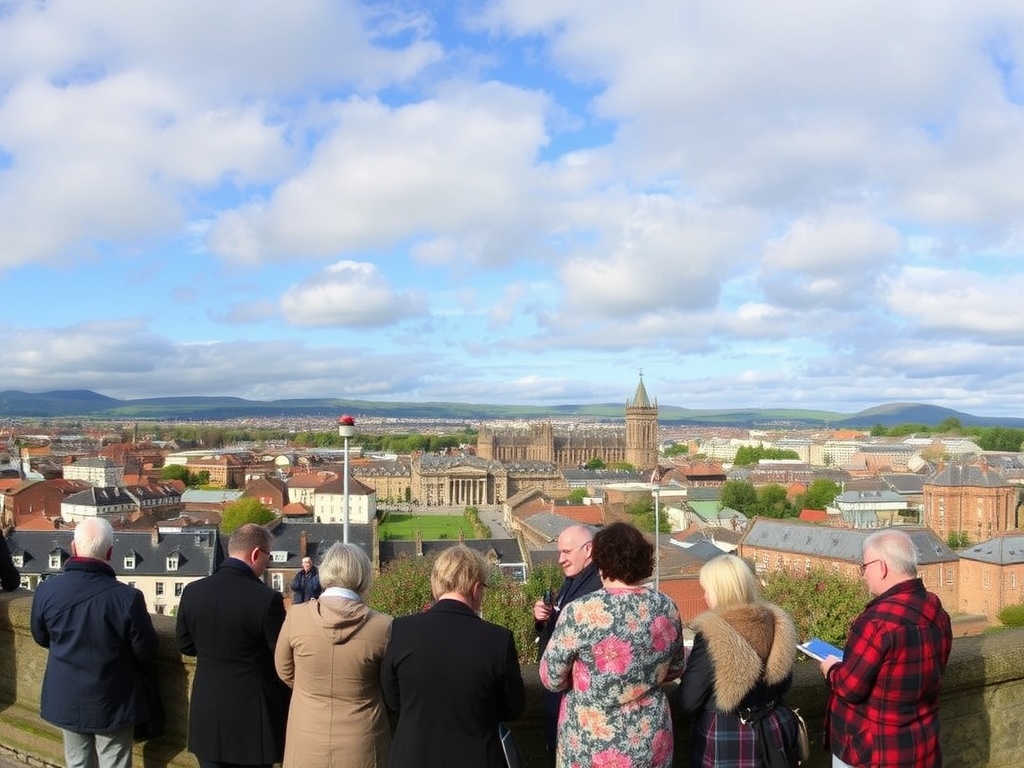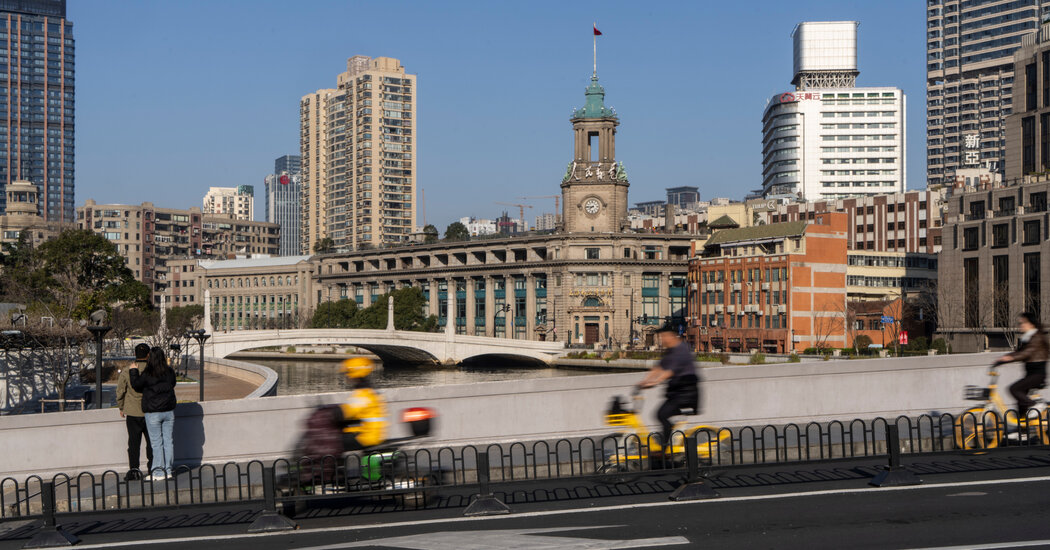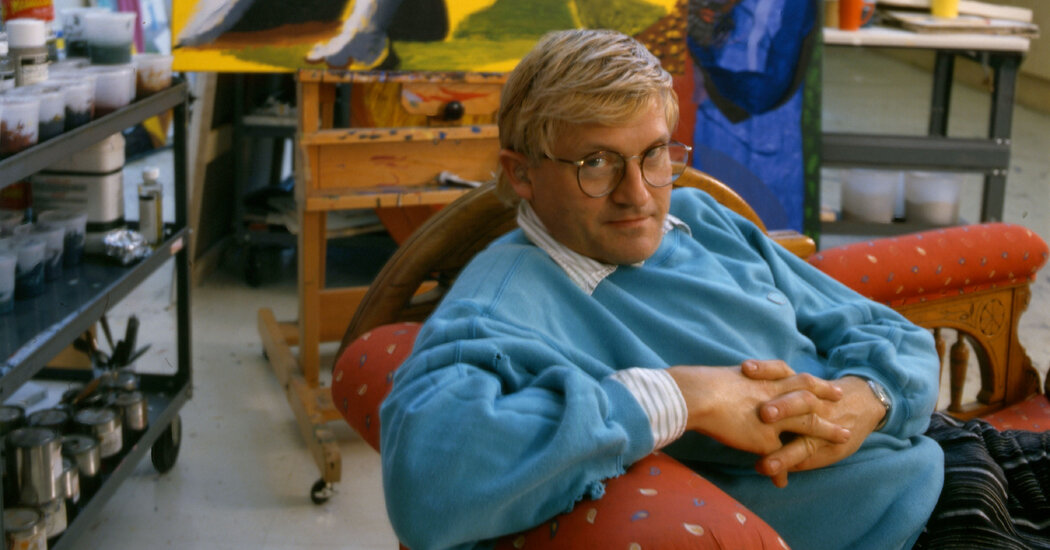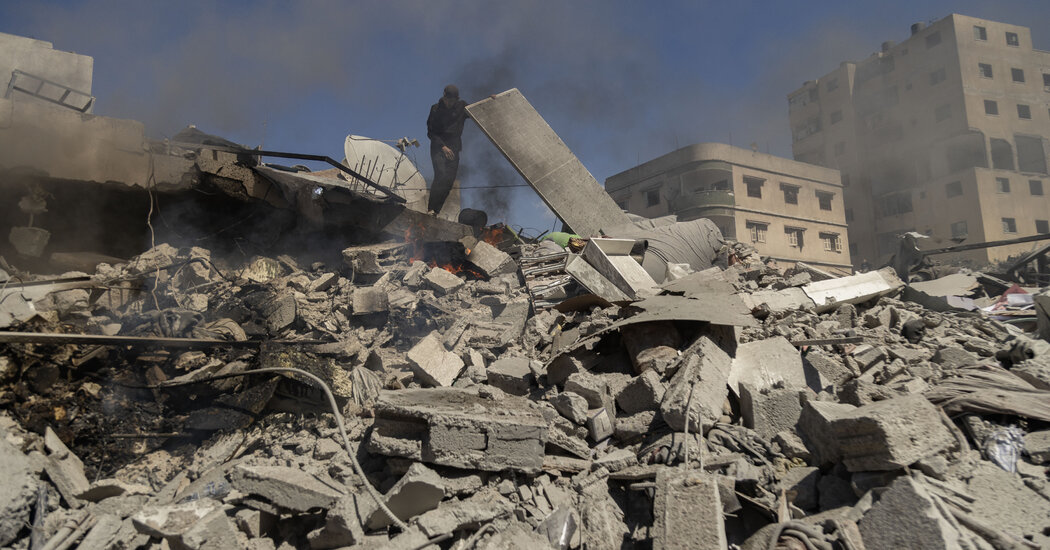Stirling Residents Face Frightening Council Tax Increases
For many residents in Stirling, like Tonderayi Gasseler, the prospect of a potential 12.5 percent hike in council tax this spring is a daunting reality. As a father of four, Gasseler is staring down an annual increase of nearly £200, leaving him uncertain about how to manage his family’s budget. “I worry about it escalating to that level,” said the 53-year-old who works for a local recycling company. “It’s incredibly stressful, especially with energy bills also on the rise. It’s going to make life much tougher for us.”
Gasseler expressed his concern, saying, “We simply can’t afford higher bills. I’m not sure how we will handle it, except by cutting back on essentials like food. With stagnant salaries, it’s incredibly challenging.”
Stirling Council is contemplating significant increases of 7.5 percent, 10 percent, or even 12.5 percent starting in April to address a troubling budget shortfall of nearly £13 million for 2025-26. If left unaddressed, this deficit could balloon to £51 million by the fiscal year 2029-30.
The Labour-run council is also weighing the option of slashing local services, which could include cuts to school music programs, additional support for teachers, and crucial counselling services for students. Additionally, they are considering reducing library hours and closing eight play parks, which would significantly affect community resources.
In a bid to generate more revenue, councillors are planning to introduce a tourist tax for the area, which is home to iconic sites such as Stirling Castle and the William Wallace Monument. Local authorities have recently been granted the power to impose a 5 percent levy on any overnight accommodation, which could further impact residents and visitors alike.
Charities have raised alarms that both the impending increase in bills and cuts to essential services will disproportionately affect those on low incomes. If Stirling Council opts for the highest proposed increase of 12.5 percent, residents paying the average band D rate, like Gasseler, will see their bills rise by approximately £185.
James Wallace Hendry, 59, shares Gasseler’s concerns. Grateful to the council for assisting him in transitioning from homelessness to social housing last year, he is now anxious about the potential for a £144 increase on his band B home. “I’m living on the edge financially,” Hendry stated, “so I can’t handle any increase in bills. I’ll have to find a way to pay, but it’s a struggle. Some might end up in debt, and I hope I’m not one of them.”
Residents on low incomes or receiving benefits can apply for council tax support, which could potentially reduce their bills by up to 100 percent.
In contrast to the affluent areas within the council’s jurisdiction, Stirling also contains neighborhoods plagued by deep-rooted poverty, such as the Raploch estate. Helen Cook, a 75-year-old retiree, expressed a desire for a “fairer system.” She believes wealthier households should bear a greater tax burden. “I think I’ll manage with an increase,” she noted, “but I do worry that many others will truly struggle to cope.”
Cook criticized the simultaneous nature of tax hikes and service cuts, emphasizing that mental health counselling and additional support for students should not be on the chopping block. “We need to invest in our children,” she urged. “It’s unacceptable to cut resources that families rely on.”
Across the UK, residents are bracing for substantial council tax increases this spring. Many local councils face financial crises, with the Labour government allowing council leaders in England to raise bills beyond 5 percent, leading some to consider even higher hikes.
In Stirling, locals have expressed their dissatisfaction over the rising costs, particularly regarding garden waste permits, which saw an increase from £35 to £50 last year. Residents have also criticized the council for failing to address basic needs, such as repairing pothole-ridden roads.
Elijah Graham, a 27-year-old employee of an environmental charity, echoed these sentiments. Earning the national living wage, which is set to rise from £11.44 to £12.21 per hour in April, he faces a potential increase of up to £123 for his band A home. “This will undoubtedly put additional pressure on my partner and me,” he remarked. “We will need to make cutbacks, but it will be particularly challenging for those already struggling to make ends meet.”
Graham noted the growing anger among Stirling residents regarding proposed cuts to schools and the slow response to issues like illegal dumping. “People expect more services when council tax increases,” he said.
Susan Gill, a Stirling councillor and leader of the SNP opposition, warned that a council tax hike of 10 percent or more would provoke significant backlash. “It would be unwise to increase it that much. There would be widespread anger among residents,” she stated.
As the cost of living rises, fears grow that more families will fall into debt due to escalating council tax bills, rising energy costs, and increased water rates. In 2023-24, Stirling District Citizens Advice Bureau (CAB) assisted 181 households struggling to pay their council tax debts.
“With the rise in energy bills and council tax, the situation is becoming increasingly dire for our most vulnerable residents,” said Craig Anderson, CAB’s chief executive.
Calls for Reform and Fairness
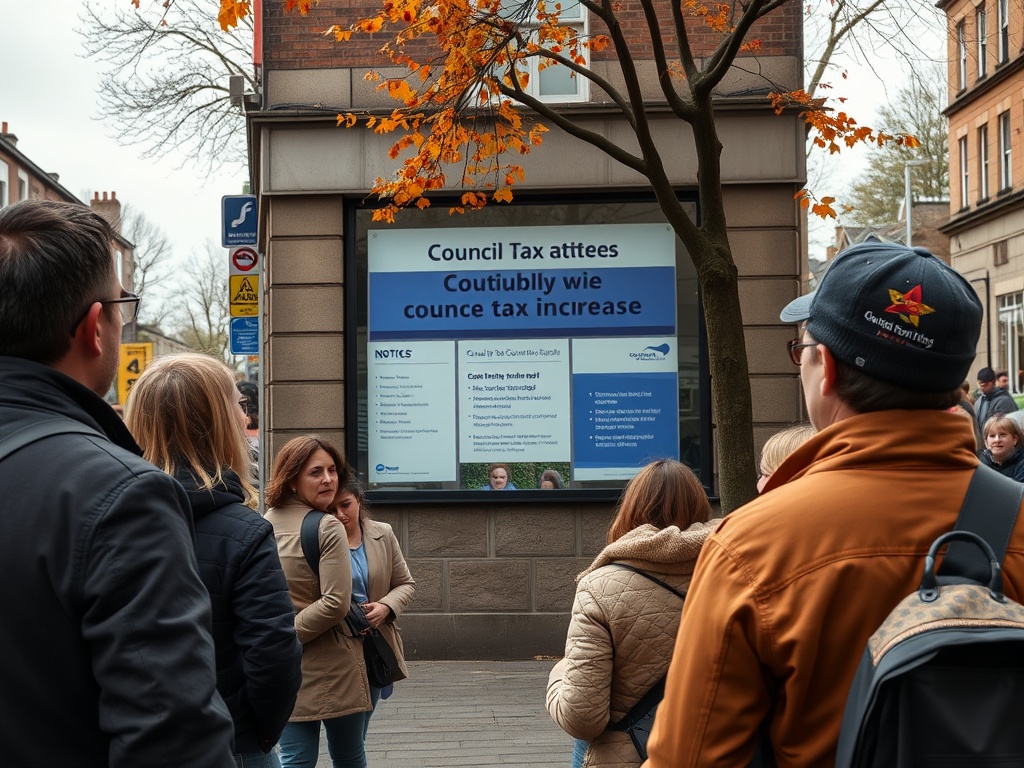
Anderson urged individuals not to ignore their financial troubles. CAB advisers are available to help negotiate affordable repayment plans to avoid legal action. Scotland is bracing for its steepest council tax increases in two decades. The SNP government in Edinburgh has historically enforced a freeze or a 3 percent cap on increases for much of the past 20 years.
First Minister John Swinney has called for minimal council tax increases after lifting the cap for 2025-26. However, many councils, citing years of underfunding, are considering hikes of 10 percent or more. The Poverty Alliance and other advocacy groups have decried the “unjust and regressive” council tax system that disproportionately impacts the poorest households. The current levy structure, based on property valuations from 1991, has failed to keep pace with the rising wealth of affluent households.
Earlier this month, SNP ministers pledged to revisit the council tax reform, but the required legislation for a comprehensive overhaul is unlikely to be enacted before the Holyrood election in spring 2026. Despite the party’s ongoing commitment to replace council tax with a more progressive local income tax, significant changes remain unrealized.
SNP Finance Secretary Shona Robison announced that the Scottish Government would increase local authority funding by over £1 billion compared to last year’s budget. A Stirling Council spokesperson acknowledged the “ongoing and unprecedented financial challenges” faced by local authorities throughout Scotland, noting that approximately 4,300 local residents participated in surveys regarding potential cuts and tax increases.
The spokesperson concluded, “No decisions have been made regarding council tax or any proposed savings. These will be determined by elected officials at this year’s budget-setting meeting on 27 February.
